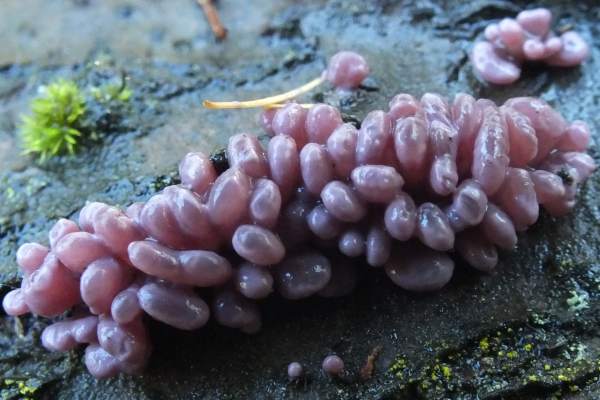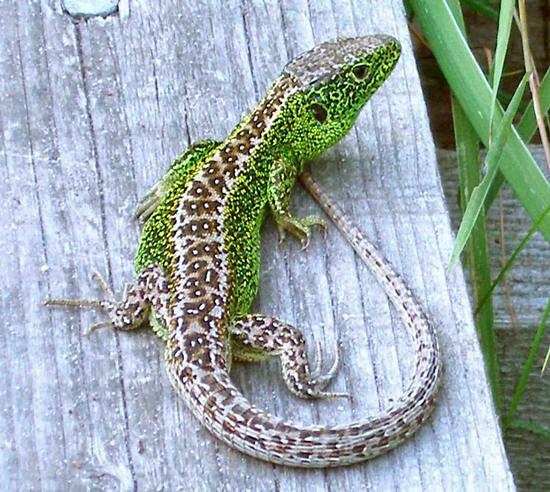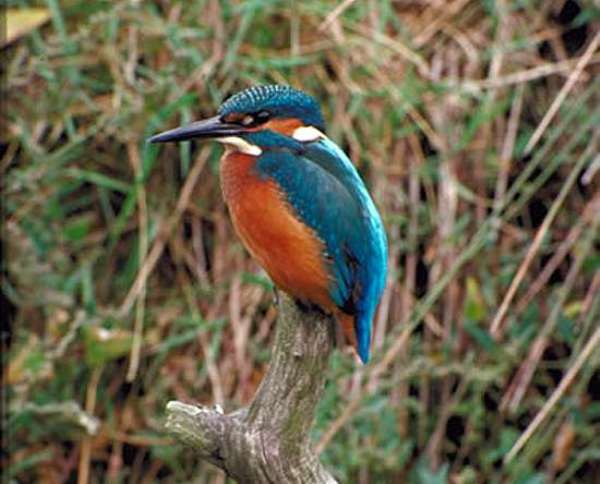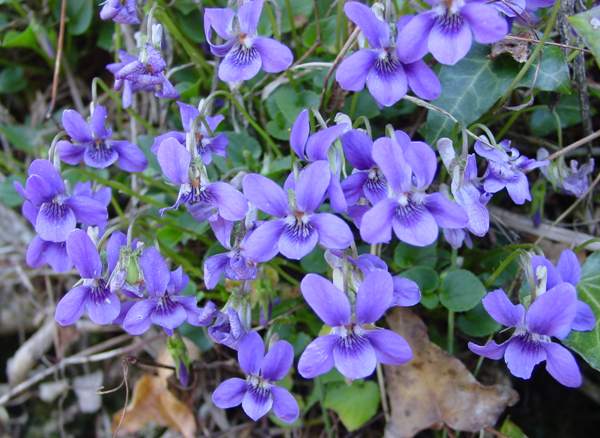The 6 Kingdoms
- Archaebacteria (similar to bacteria but different in molecular organization).

- Methanobacteria are in the lower class of the Euryarchaeota. They are a sort of bacteria that are found in aqautic debris, sewege, soil, and sometimes in the stomach or intestines of an animal.
http://www.reference.md/files/D017/mD017014.html

- Lokiarchaeota were first found deep in the sea vents (shown in the picture)
- Lokiarchaeota is placed in the Archaebacteria kingdom because it is single-celled but it possesses a collection of genes that look like they would be more in common put with the eukaryotes (which include all living organisms other than the eubacteria and archaebacteria).

https://www.quantamagazine.org/lokiarchaeota-and-the-origin-of-complex-life-20151029/
2.Eubacteria (a bacterium found mainly in the intestines of animals and in the soil).

- Acidobacteria are a new type of bacteria that are found in soils and can easily live in highly acidic environments.
- They are the most widespread and abundant on the planet.
https://alchetron.com/Acidobacteria-1644215-W

- Proteobacteria are a type of bacteria that many known bacterial diseases are caused by it but there are also members of the bacteria that play important roles in the nitrogen, sulfur and other chemical cycles.
http://www.lifetrips.net/Biology/Prokaryotes/17IIIB.html
3. Protists (a group that are eukaryotic meaning that the cells contains a distinct, membrane-bound nucleus but the organisms are unicellular and sometimes colonial or less often multicellular so the organism is not an animal, plant, or fungus).

- Trypanosoma brucei is a type of parasite that can cause vector-borne disease to animals (that have a backbone or spinal column so mammals, birds, reptiles, amphibians, and fishes), including humans and it is carried by a tsetse fly located in sub-Saharan Africa. shown in picture

- The disease is sometimes called the “sleeping sickness” and it gets it’s name from creating severe illness in a person which causes them to eventually fall into a coma and then pass away.
https://microbewiki.kenyon.edu/index.php/Trypanosome_Life_Cycle

- Ophryocystis elektroscirrha is a type of parasite that only effects monarch and queen butterflies, there are no other hosts we know of that OE effects.
- Ophryocystis elektroscirrha is a Protozoans which are single celled organisms and they were first found in Florida
http://monarchparasites.uga.edu/whatisOE/
4. Fungi (a multicellular organism)
- Amanita muscaria is a type of toadstool that has bright vibrant colors and are usually found throughout the northern hemisphere.
- The mushroom contains psychoactive chemical compounds which are also toxins that give of the affect of symptoms ranging from drowsiness, nausea and sweating to distorted sight and sounds, euphoria, dizziness, and sometimes death (but it’s rare to die from the mushroom) if consumed.
- It has also been known to cause severe stomach upsets if it is eaten raw.
http://www.first-nature.com/fungi/amanita-muscaria.php

- Ascocoryne sarcoides are a type of fungi that grow on dead broadleaf trees but particularly beech trees and they grow in clusters.
- They are very common throughout Britain, Ireland, and Europe but you can also find them in North America.
http://www.first-nature.com/fungi/ascocoryne-sarcoides.php
5. Animalia (includes all animals that are multicellular).

- Lacerta agilis is a type of sand lizard that originates from parts of southern Europe but they are also found in southern England.
- The sand lizards feed on small insects and in the night time they rest in the shallow burrows dug in the sand.
http://www.first-nature.com/reptiles/lacerta-agilis.php

- Alcedo atthis is a type of bird (also called kingfisher) that hunts for aquatic insects or normal insects and small fishes near rivers or lakes.

- The Kingfisher makes burrows, deep inside sandy riverbanks and the nests are typically made out of dried fish bones.
http://www.first-nature.com/birds/alcedo-atthis.php
6. Plantae ( variant of Plant).

- Araucaria araucana is a type of tree that can also be called Monkey Puzzle tree. Leaves are spiky, stiff, leathery and rounded-triangle-shaped, arranged spirally around trunk and branches.
- These trees have been heavily logged for over a century for their fine knot-free timber. National nature reserves were set up to protect them, but they are still under threat, and listed as ‘endangered’.
http://www.edenproject.com/learn/for-everyone/plant-profiles/monkey-puzzle

- Viola riviniana is a type of wildflower (called dog-violet) that are mostly seen on roadside banks or woodland edges. This wildflower is very commonly widespread throughout the UK and Ireland.
- This flower can range in different colours like pure blue to a deep violet.
http://www.first-nature.com/flowers/viola-riviniana.php
